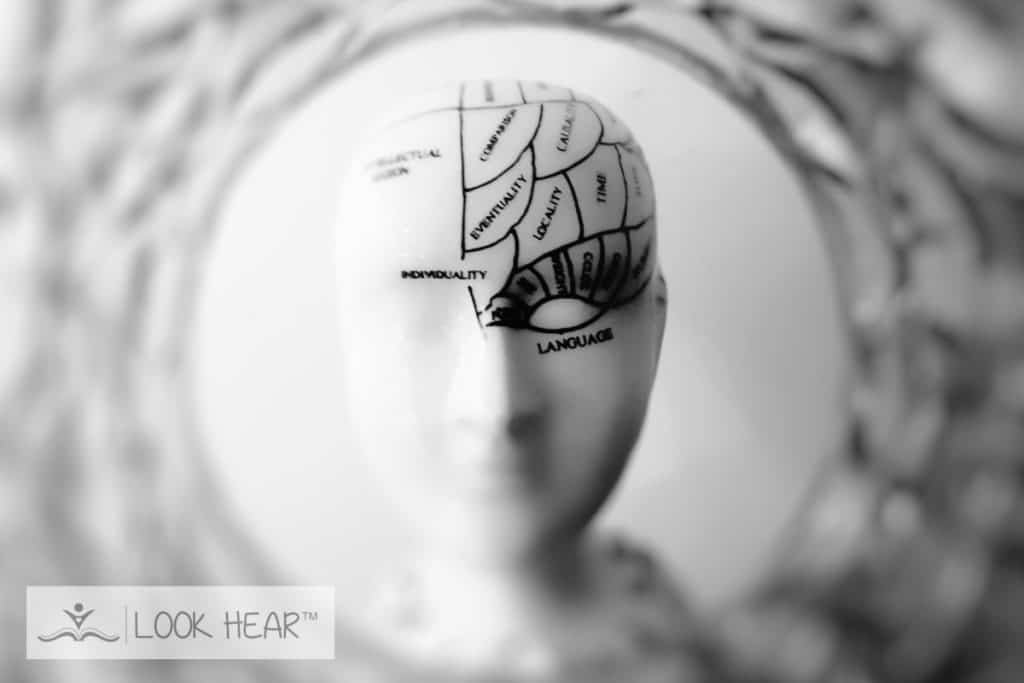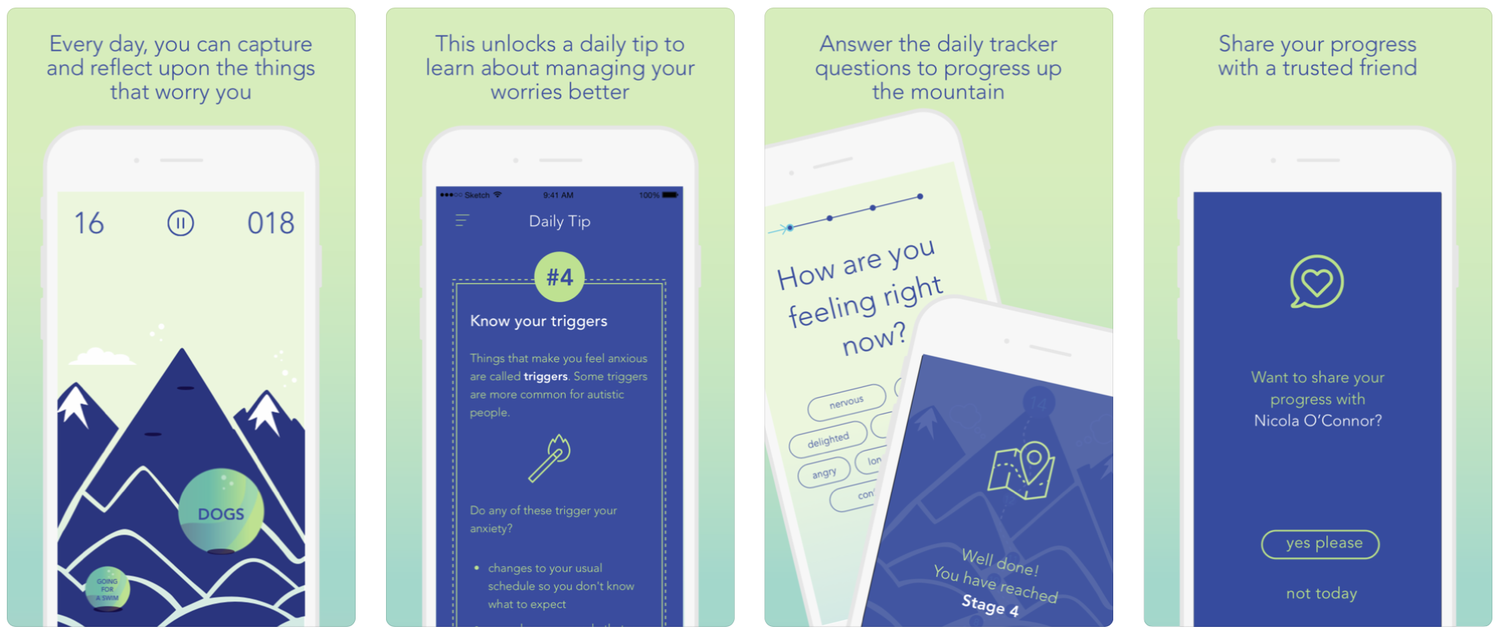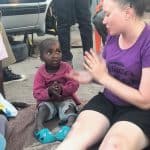How to set up an Occupational Therapy Private Practice – Step 1

This is the first blog in a three part series outlining how to set up a private practice. Take a look at Step 2 and Step 3!
Please note – this is specific to the United Kingdom, however most principles can be applied to other countries with similar registrations/processes for Occupational Therapists.
TOPIC:
Are thinking of taking on a few private clients, or maybe you work part time or want to eventually have a full-time private practice income.
Maybe you are wondering what to expect, what you need to actually do, and how much it is all going to cost…. where do you start.
Well; we have done it all (both in the UK and Australia!) so let us give you our tips and advice to help inform your decision about whether you want to proceed and become an independent provider!

WHAT:
Setting up a private practice can really take as much or as little work as you would like it to. There are of course key things that need to be in place, but a lot of the other stuff is really up to you.
This information is for those who are already HCPC registered professionals with the relevant experience and expertise. The information below is not suitable for non-qualified professionals.
This blog is aimed at those who want to set up their own private practice; there are loads of companies who are able to help you and guide you to do this. We didn’t use anyone specific in the UK and used the WONDERFUL and AWARD WINNING Crunch Practice Solutions in Australia. It depends on how much money you want to start with and pay for with the setting up, and how much you want to do.
A word of warning though, often there are accounting fees are going to be so you are prepared.
WHY:
- You might just want to see if you can do it!
- You might have loads of ambitious long term goals!
- You might just want a little bit of extra work on the side!
- You might want have more flexibility in your life!
- You might just want to be your own boss!
There are so many reasons why you might decide to explore the idea of private practice!!
HOW:
Please read through the whole blog posts (here and here) before you rush off and start registering for things; there is a lot to consider, which we have tried to outline for you!
Take a look online for ’90 day business plans’ – there are a huge range of options. Basically you split the next 3 months into Days 1-30, 30-60 and 60-90 with set tasks to achieve within them. At LHA we do this regularly! It is easy to over estimate what you can achieve in a year, but under estimate what you can achieve in a month. We do this when we have new ideas (which can be distracting) and find clarity in working through this process. Typical Occupational Therapy – task analysis and breaking things down into manageable steps!
The must haves:
- Become a registered company with Customs House. You will need to have a Name for your company (and there are rules about what you can/can’t be called) and fill in all the forms and pay the fees. Most private practices will be set up as limited company’s (but just make sure you read carefully depending on the goals of your business).
- Get a business bank account; again this can cost as little or as much as you want it to, there are of course the big banks that offer business accounts, and there are also lots of App based accounts and software that is free or low cost. We use Tide, though there are lots of similar options including Stirling, Anna, Counting Up to name a few. Again have a think about how big or little you want to go and what you need the app to do for you. Some of these apps will also do things like invoices and expenses for you which is great; though we use a slightly different system as we wanted to be able to send PFD invoices with client notes.
- Register with the Information Commissioners Office; this was something we completely didn’t even know was a thing, but is incredibly important for GDPR and general data processing.
- DBS (Blue Card in Australia) that you can produce. Many schools require to sight this on arrival, we have signed up to the update service so we know we are always in date.
OKAY – if you are up to this step now, you have a company, you are registered with all the people that are essential (I’ll share the extras next).
Pause for thought:
Before we move onto the ‘should haves’ and ‘nice to haves’, it is really important to consider how much or little you want to put into your private practice work.
If this is going to become your full-time job, and if you want to offer a polished and comprehensive service you might put in more time, money and effort. This may be different to someone who wants to have a small local caseload to compliment their work else where.
This is A LOT of work guys, even if you carry just a small case load. There are lots of decisions to be made such as:
Is there a conflict of interest with your current work?
This is especially important when considering NHS services as there are often really clear guidelines avalible about conflict of interest. If you have left another company and want to set up yourself, make sure you read your contract for non-compete clauses. Often they will have a certain mileage and time frame {usually 12 months} before you can work in a similar area.
What are you going to charge?
What are other people charging in your area? Are you offering something really different from them? We have decided to post all our pricing online as it was important for families to know our price point. As a consumer, we like to know what things are going to cost so it was important that we extended this to our families.
How are you going to store clinical notes (this must also be inline with the ICO regulations)?
How are you going to send summaries to patients after sessions? Will you going to write notes in session for patients?
Are you going to charge for travel?
Reports? Letters to school? This is your time (and therapy is expensive), what are you thoughts around this?
How are you going to ensure you are non isolated?
Will you going to pay for external supervision? Join independent practice groups?
How will you contintue to meet all your CPD requirements?
This is especially important if you are thinking of going full-time – you will still need to meet your requirements (normally 30 hours per year).
What other services or schemes that you should or could be registered with or for?
In Australia and other countries there may be programs where you can register for which rebate patients care. These may be standardised or you may need to meet other criteria e.g. be a certified Mental Health Professional. Consider reviewing what is local to you, and what steps you need to take to get registered.
How are you going to get your name out there/ advertise?
This will be directly related to how many patients you are willing to take on (I would suggest you have a literal number in your mind to start with). Initially we started through word of mouth (through some other private professionals locally that we linked in with), as well as our website and some facebook posting.
If you have considered most of these things and have a plan or answer to these, excellent. If not, take some time to think about these things before launching in.

Take a look at our next steps blog here!
FURTHER READING AND RESOURCES:
Take a look at the OT Hub, which as loads of great information. There are also lots of podcasts available around setting up your own practice too.
We also love the ‘Dare to Lead‘ book by Brent Brown; not related specifically to setting up but is a great book about leadership and refer back to.
We will happily provide supervision to those taking these steps, having been through them ourselves. You can find our pricing here.












